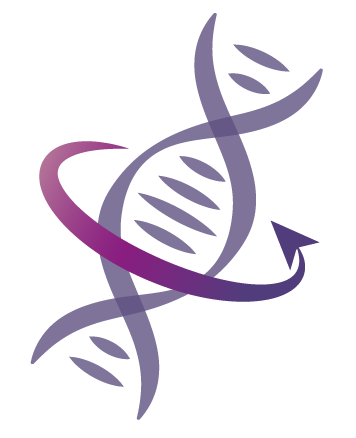“Plandemic: Indoctornation” video rehashes debunked claims and conspiracy theories about the COVID-19 pandemic and vaccines
Plandemic is a pseudo-documentary produced by American filmmaker Mikki Willis, whose first instalment was published in May 2020. Featuring an interview with anti-vaccination activist and former scientist Judy Mikovits, the video peddled numerous false claims and conspiracy theories about the COVID-19 pandemic and vaccines (see Health Feedback’s review of that video). It achieved immense virality … Continued
